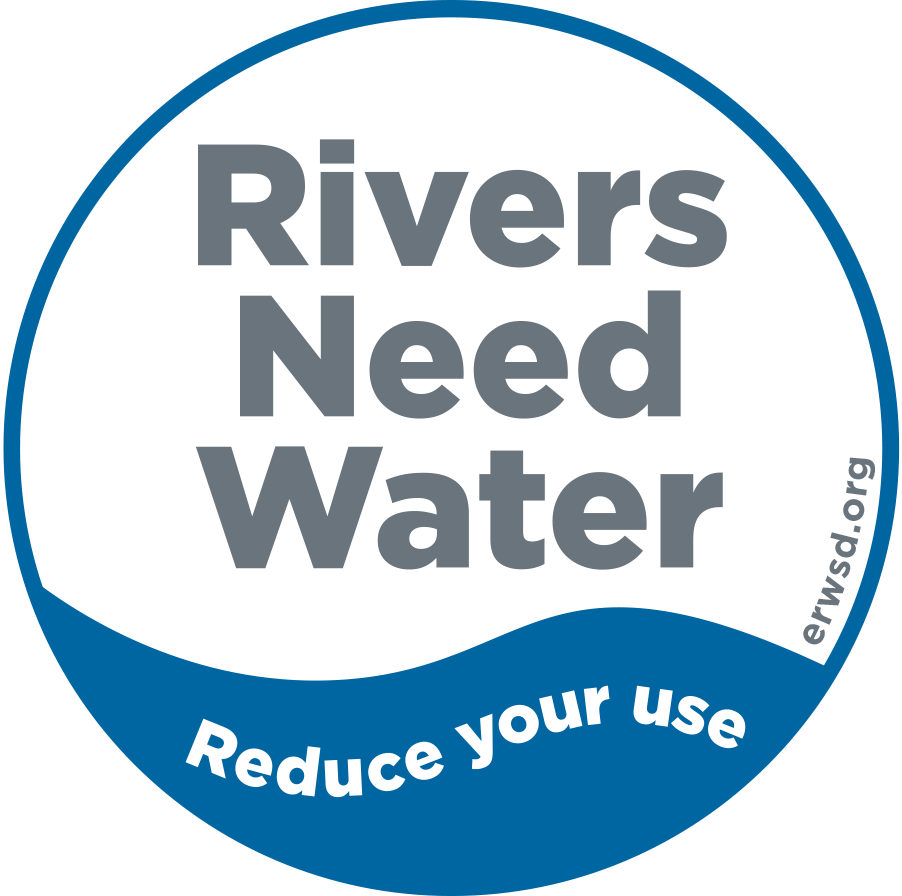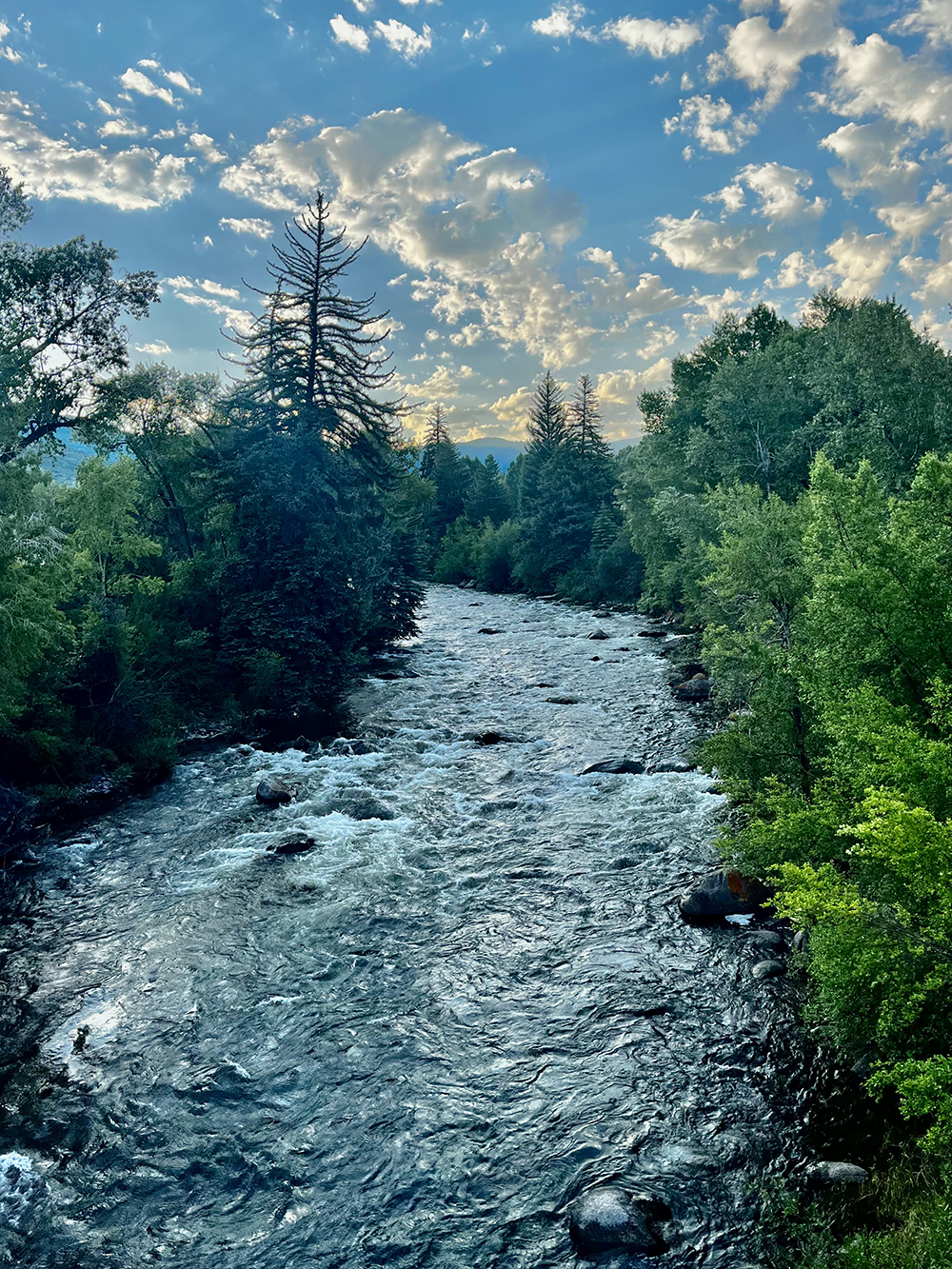You may have seen “Rivers Need Water: Reduce Your Use,” around the Eagle River Valley recently. Eagle River Water & Sanitation District’s call to action is urging communities to come with them as they make a culture shift to use less water.
Headlines regularly read of drought, declining snowpack and dwindling water supply in the Colorado River Basin. While water use discussions between the seven states of the Colorado River Compact build on agreements made over the last century, the river’s headwater regions see similar pressures and limited water supplies. Gore Creek and the Eagle River are important headwaters for the Colorado River and the drinking water sources for much of the Eagle River Valley. Eagle River Water & Sanitation (ERWSD) is the drinking water and wastewater service provider for communities from Vail to Wolcott.
“Conservation has always been an aspect of our work,” says Siri Roman, ERWSD general manager. As a lover of the valley, resident for 20-plus years and environmental engineer, Roman recognizes that the ecosystem here is not what it used to be.
For her, the passion to conserve water burns from a core value to protect the environment. “Each of us has different reasons why we may be compelled to use less water,” Roman says. “It could be for future generations. We also know, for a lot of people, it comes down to cost. Water is more expensive, so that may be their reason.” She points out that many locals love to recreate on and around the water, including herself and ERWSD communications specialist Robyn Janssen (pictured rafting).

Photos courtesy of Eagle River Water and Sanitation District.
Roman, Janssen and the staff at ERWSD pride themselves on environmental stewardship as one of the district’s core values. With a newly formed Water Conservation Program, ERWSD has set a bold initiative to work with communities to reduce their water use over the next three years by 400-acre feet. “I really do have a passion for this work and our community,” Roman beams.
ERWSD has several initiatives to help communities reduce their water use — one of which is reworking their rate structure. Roman explains, “In the past, bigger homes got more water at a cheaper rate. We are changing that to make it equitable.” The new system is based on how much water you use regardless of home size. Data shows that many of the biggest water users are wasting water by overwatering. Overuse will result in higher bills and violations.
WHY IT MATTERS
“We have a diminishing water supply,” Roman states. “We are seeing lower snowpack, earlier snowmelt, rising temperatures and lower stream flows. It’s our job to be here for the community and provide them safe drinking water and water for fire protection. To do that, we must have enough water and be prepared for a multiyear drought.”
“We are here to help our community succeed in using less water and to use it more efficiently,” Roman urges. She shares a few ways that people in Eagle County can do their part.
KNOW YOUR NUMBER
Find out how much water you’re using. Although your indoor number matters, your outdoor water use has more impact. Most indoor water use is cleaned through the wastewater treatment plants and then returned directly into local streams. However, about 75% of water used outdoors is lost.
Find your number in your free WaterSmart account or by looking at your bill.
EMBRACE COLORADOSCAPE
You don’t have to xeriscape, but embrace what is native to high alpine Colorado landscapes for your yard. Native, low water, pollinator plants create beautiful landscapes plus habitat and diversity for the environment. Roman recommends that if you’re going to use water, use it for trees and native vegetation.
COME WITH US
“The way we’ve used water in the Western U.S. the last 50 years is not the way it can be used the next 50 years. We must change the way we use water,” Roman emphasizes.
Janssen mentions that ERWSD is eager to connect with the community from every angle — through community events, presentations, conversations, school talks and more.
Roman, Janssen, and the entire ERWSD staff are moving forward ardently with the goal to achieve water savings of 400-acre feet (or 5%) in the valley by 2026, and they need communities to come with them. “When we achieve this goal, we will see more water in the rivers, more stable rates for customers and safer, healthier communities”.
This spotlight is a sponsored partnership.

